PICC Line Patient Experiences
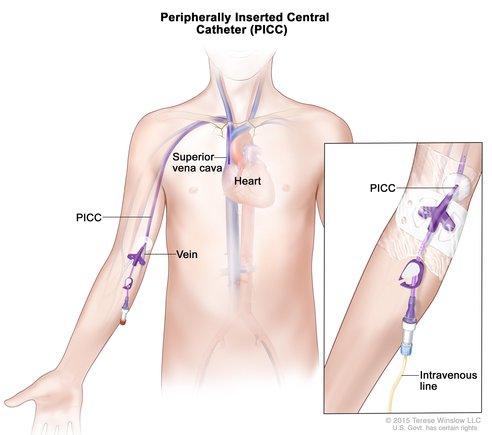
A PICC line is commonly used as a way to get chemotherapy and other drugs into a person’s bloodstream intravenously for a longer-term treatment.
The PICC line is longer than an IV, and it’s generally placed in the upper arm to administer medications or draw blood.
Its tip ends in the largest vein of the body, which is why it’s considered a central line. PICC stands for “peripherally inserted central-line catheter.”
Here’s what cancer patients had to say about their experiences a PICC line:
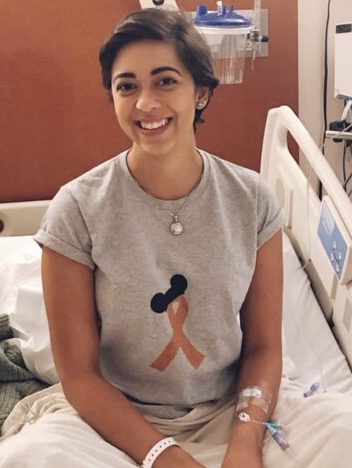
I had it for about 5 or 6 months, but my skin wasn’t healing underneath, so we had to move it to the other arm. It was raw and itchy, so they moved it.
Ciara Toth (Acute Lymphoblastic Leukemia)
It was just annoying. It would get snagged on everything. Especially with the Blincyto, I had a tether constantly attached to me.
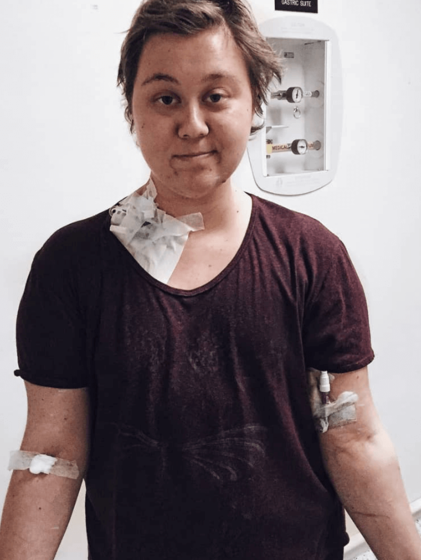
Because I didn’t have a PICC line the first day, my infusion took a long time. It took six hours for all the drugs. Some of them hurt as they go through your veins, so they had to slow the infusion rate and add saline every time.
Kayla Tremblett (Hodgkin Lymphoma)
That’s another reason I opted for the PICC line afterwards because I didn’t want to go through that pain every time.

You were connected completely except those moments when they changed the [chemo] bag. Six days of just being connected and I remember having to figure out how to shower, how to put on and off my clothes so they wouldn’t get stuck on the tube when I would take it off.
I did that once where the way we put the lines on, the way the nurse did it, we got it on backwards. So when I went to shower my shirt was stuck! I pulled it off and got it through the arm and it was stuck on the line. I rested it on my IV machine and we waited 20 hours later till we could disconnect it from the channel. So yeah, it was crazy.
Arielle Rosen (Non-Hodgkin Lymphoma)
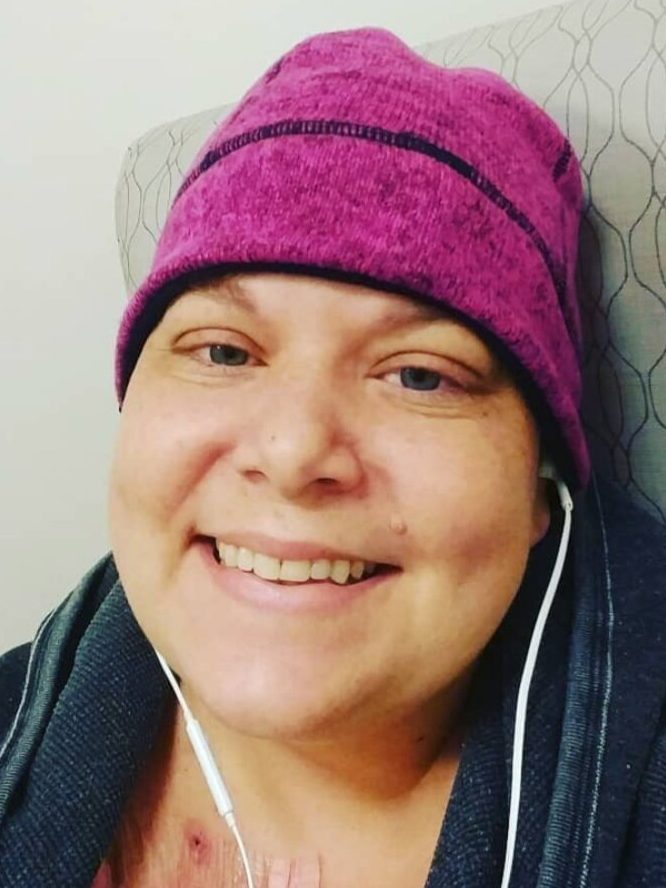
[It] was a bedside procedure, somewhat uncomfortable, but not terribly.
Mary Clare Bietila (Acute Myeloid Leukemia)
It’s semi-permanent, you don’t have PICC lines for terribly long. Six months is typical.
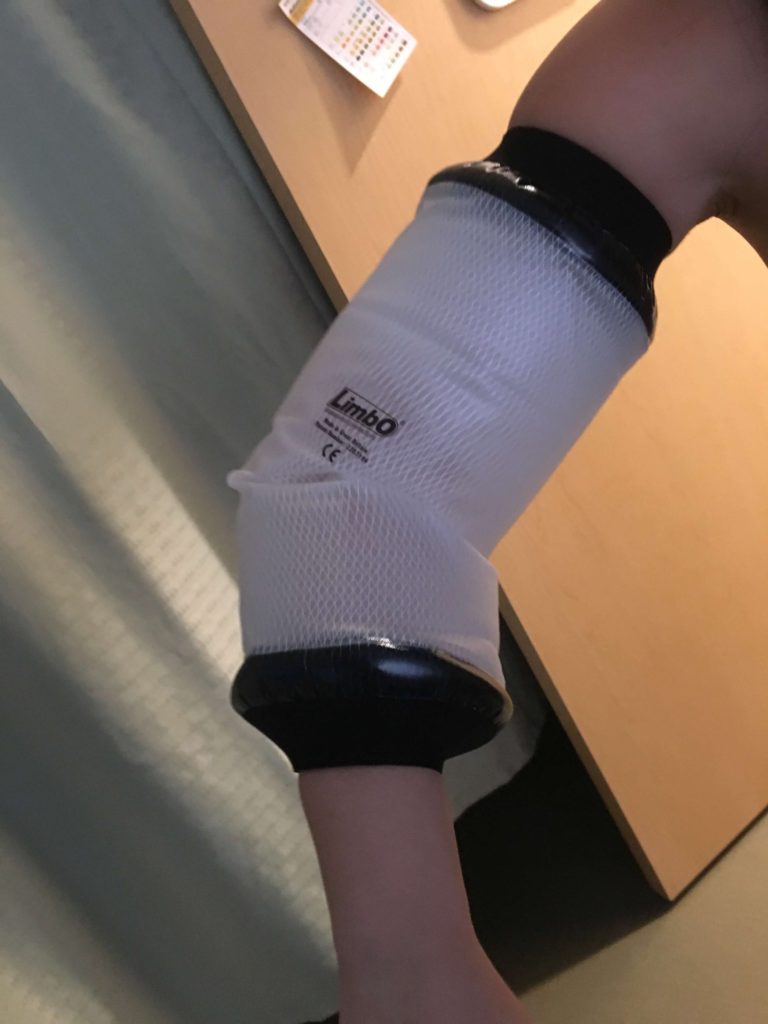
I actually really liked the PICC line even though I had heard a majority of people really like the convenience of the port.
For me, a family friend who’d had cancer and had a PICC line sent me an arm covering called a “Limbo” that helped me keep the line dry during showers. The line never hurt me and was just more seamless for me than a port.
Stephanie Chuang (Non-Hodgkin Lymphoma)
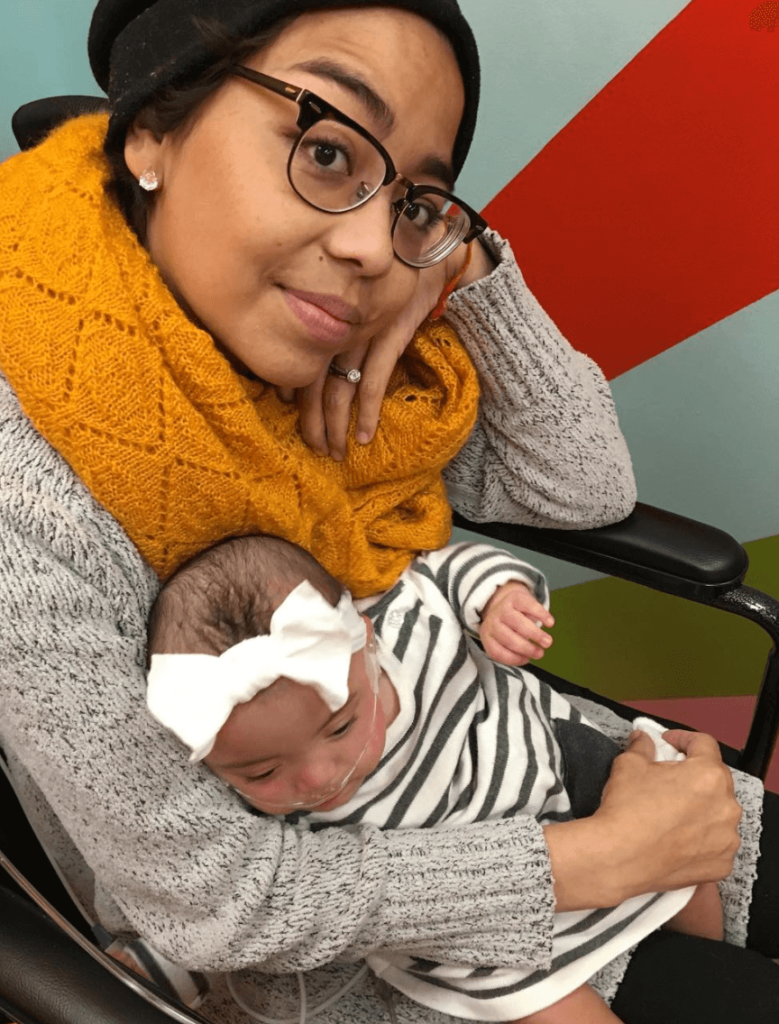
[It] was actually not that bad. It’s very intimidating. It’s like a glorified IV. It was less painful than getting an IV, I think. It was really fast and efficient.
Veronica Balanza (Acute Lymphoblastic Leukemia)
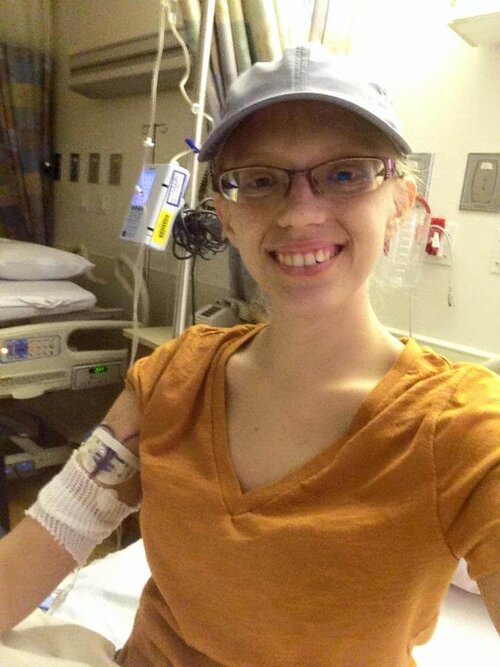
It was so nice to have it in because my veins are so small, and I was so dehydrated, so no one could ever get an IV in. Putting it in took about a half an hour, and it was no big deal.
Brianna Banachoski (Non-Hodgkin Lymphoma)
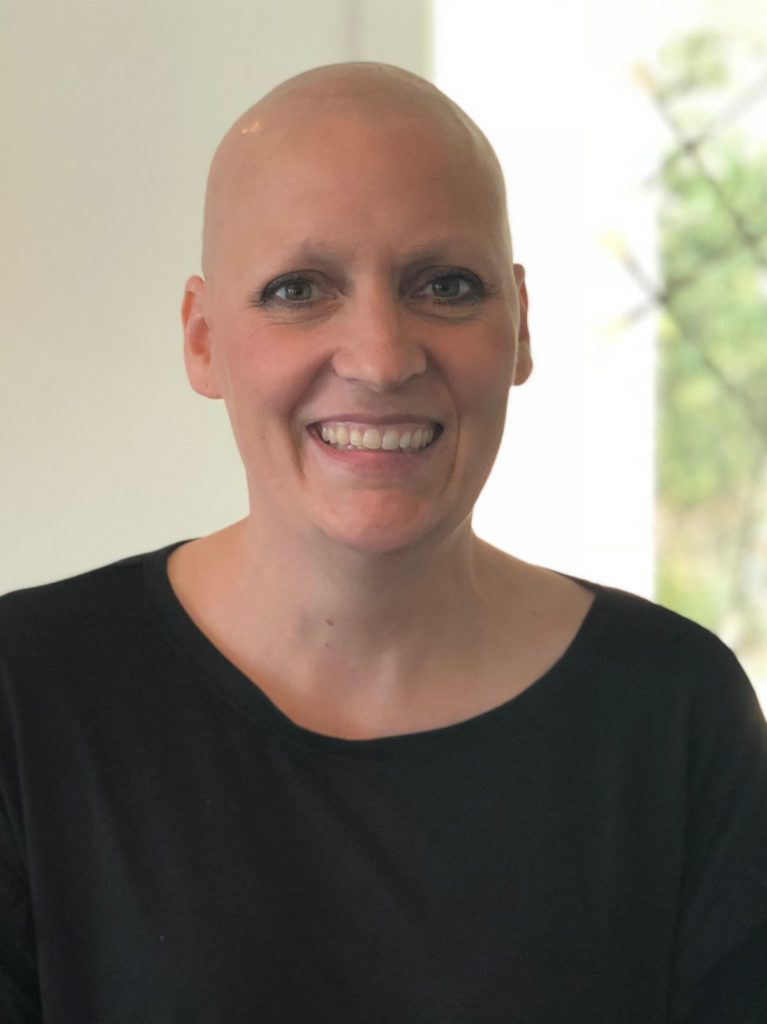
They just said my veins were great and I just did everything using an IV. Now as time has gone on I’m getting my blood drawn so often and I was getting IVs for surgery, IVs for scans, IVs for chemo that I feel my veins are really shot.
I wish I had listened to that advice and asked for a port or PICC line. At the time it was like well my veins are great, they’re just doing these IVs, but now it’s a lot more difficult. A lot of my veins have scarred and I do wish I had kind of pushed or at least asked about getting a port and a PICC line.
Jodi Smith (Ovarian Cancer)
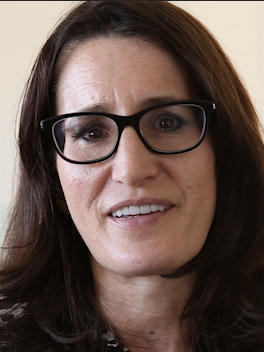
My experience of it was, other than just hearing about it and kind of being freaked out, actually fine. And it made the IV process much easier in the blood draws and things like that.
So it was kind of a blessing because the regular blood draws and just the IV management and stuff like that was kind of painful. So I thought that was actually a little better.
Jennifer Petersen (High-Grade Neuroendocrine Tumor)